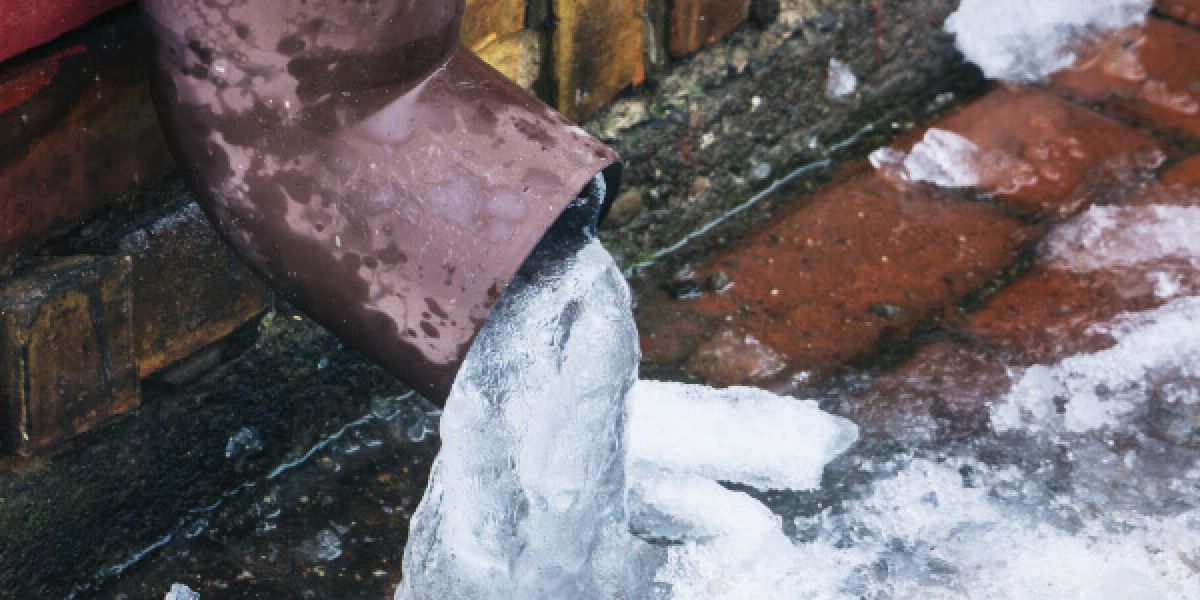Just how do you actually feel in relation to How to prepare your home plumbing for winter weather?

Cold weather can damage your plumbing, especially by freezing pipes. Here's just how to stop it from happening and what to do if it does.
Intro
As temperatures decline, the risk of frozen pipes boosts, potentially leading to costly repair work and water damage. Comprehending how to prevent icy pipelines is essential for property owners in chilly environments.
Avoidance Tips
Protecting vulnerable pipes
Wrap pipes in insulation sleeves or utilize warmth tape to safeguard them from freezing temperature levels. Concentrate on pipes in unheated or exterior locations of the home.
Home heating strategies
Keep indoor spaces sufficiently heated up, especially locations with plumbing. Open up closet doors to enable warm air to distribute around pipelines under sinks.
Just how to determine icy pipes
Search for decreased water flow from taps, uncommon smells or sounds from pipelines, and visible frost on exposed pipelines.
Long-Term Solutions
Structural modifications
Think about rerouting pipelines away from exterior wall surfaces or unheated areas. Add added insulation to attics, basements, and crawl spaces.
Updating insulation
Buy premium insulation for pipelines, attics, and wall surfaces. Appropriate insulation aids preserve consistent temperatures and reduces the risk of frozen pipelines.
Shielding Outside Pipes
Yard pipes and outdoor taps
Separate and drain yard hoses before winter. Install frost-proof faucets or cover exterior taps with shielded caps.
Comprehending Icy Pipelines
What causes pipelines to ice up?
Pipes ice up when subjected to temperatures listed below 32 ° F (0 ° C) for extended durations. As water inside the pipelines ices up, it expands, taxing the pipeline walls and potentially creating them to break.
Risks and problems
Icy pipes can result in water disruptions, property damage, and expensive fixings. Burst pipelines can flooding homes and create considerable structural damage.
Indications of Frozen Pipeline
Identifying icy pipelines early can prevent them from rupturing.
What to Do If Your Pipes Freeze
Immediate activities to take
If you believe icy pipes, keep faucets available to alleviate pressure as the ice thaws. Make use of a hairdryer or towels taken in warm water to thaw pipelines slowly.
Conclusion
Avoiding frozen pipelines requires proactive actions and fast responses. By comprehending the reasons, signs, and safety nets, property owners can safeguard their plumbing during winter.
5 Ways to Prevent Frozen Pipes
Drain Outdoor Faucets and Disconnect Hoses
First, close the shut-off valve that controls the flow of water in the pipe to your outdoor faucet. Then, head outside to disconnect and drain your hose and open the outdoor faucet to allow the water to completely drain out of the line. Turn off the faucet when done. Finally, head back to the shut-off valve and drain the remaining water inside the pipe into a bucket or container. Additionally, if you have a home irrigation system, you should consider hiring an expert to clear the system of water each year.
Insulate Pipes
One of the best and most cost-effective methods for preventing frozen water pipes is to wrap your pipes with insulation. This is especially important for areas in your home that aren’t exposed to heat, such as an attic. We suggest using foam sleeves, which can typically be found at your local hardware store.
Keep Heat Running at 65
Your pipes are located inside your walls, and the temperature there is much colder than the rest of the house. To prevent your pipes from freezing, The Insurance Information Institute suggests that you keep your home heated to at least 65 degrees, even when traveling. You may want to invest in smart devices that can keep an eye on the temperature in your home while you’re away.
Leave Water Dripping
Moving water — even a small trickle — can prevent ice from forming inside your pipes. When freezing temps are imminent, start a drip of water from all faucets that serve exposed pipes. Leaving a few faucets running will also help relieve pressure inside the pipes and help prevent a rupture if the water inside freezes.
Open Cupboard Doors
Warm your kitchen and bathroom pipes by opening cupboards and vanities. You should also leave your interior doors ajar to help warm air circulate evenly throughout your home.

I am just very intrigued by How to prepare your home plumbing for winter weather and I am hoping you liked the new post. Do you know about someone else who is curious about the topic? Be sure promote it. Thanks for your time. Return soon.
Contact Us Today